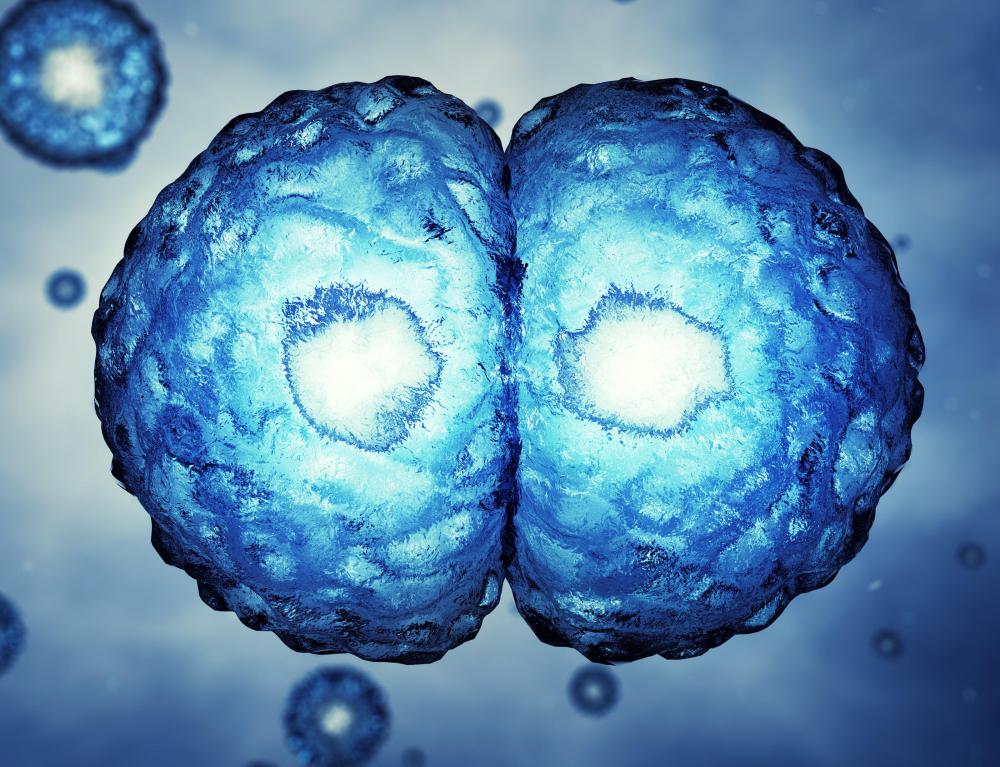At TheHealthBoard, we're committed to delivering accurate, trustworthy information. Our expert-authored content is rigorously fact-checked and sourced from credible authorities. Discover how we uphold the highest standards in providing you with reliable knowledge.
What is the Difference Between Monozygotic and Dizygotic Twins?
Twins are siblings who are the result of a single pregnancy. They can be either monozygotic or dizygotic. The main difference between monozygotic and dizygotic twins is that monozygotic twins originate from a single zygote — or fertilized egg — and dizygotic twins come from two zygotes. Monozygotic twins are also called identical twins or maternal twins, and dizygotic twins are also called fraternal twins. Another difference between monozygotic and dizygotic twins is how common they are; about 30 percent of twins are monozygotic, and the other 70 percent are dizygotic.
Similarity Between Twins

The degree of similarity between the twins is another difference between monozygotic and dizygotic twins. Monozygotic twins are referred to as identical twins, but they are not perfectly identical, although they can be very similar. It is believed that the further into the pregnancy the zygote divides into two — usually within 12 days — the more similar the twins will be. Dizygotic twins, because they result from two eggs and two sperm, are only as similar as any other pairs of siblings.
DNA

It once was thought that monozygotic twins had identical DNA, and any differences were caused by environmental factors, but research in the early 21st century found this to be untrue. Monozygotic twins' DNA is very similar, but there are differences, such as copy number variations that indicate a difference in the number of copies of certain parts of the DNA. These differences in DNA can result in slight differences in appearance as well as differences in other physical characteristics, medical conditions or susceptibility to certain diseases.
Shared Placentas and Amniotic Sacs

The number of placentas and amniotic sacs that there are when the babies are in the womb is another difference between monozygotic twins and dizygotic twins. Monozygotic twins can sometimes share a placenta and an amniotic sac. This usually occurs when the original zygote divides about seven to 12 days into the pregnancy. If the twins are dizygotic, or if a zygote split into monozygotic twins before about one week, the babies will have separate placentas and usually separate amniotic sacs. It is possible for both monozygotic and dizygotic twins to have separate placentas but share an amniotic sac, although this is rare for dizygotic twins.
Conjoined Twins

Another difference between monozygotic twins and dizygotic twins is that only monozygotic twins can be conjoined, which means that some parts of their bodies are joined or shared. Many scientists believe that this occurs when the original zygote begins to separate after more than 12 days and is unable to fully divide. Another theory is that the zygote divides but then the two zygotes partially fuse together again as their cells multiply. These types of twins are extremely rare, and less than one-third typically survive through the pregnancy and birth.
Twin Birth Rates

The frequency of twin births varies according to things such as location, race or ethnicity and the mother's age. This rate typically ranges from one out of every 30 births to one out of 80, although some places or peoples might have a rate a high as one in 10 or as low as one in 250. Research also has shown that, in some places, the twin birth rate increased significantly during the late 20th century and early 21st century. In addition, in vitro fertilization and fertility drugs can increase likelihood of twin births.
AS FEATURED ON:
AS FEATURED ON:
















Discussion Comments
@anon295727: Because monozygotic twins are formed when one fertilized egg divides, they are always of the same gender. Once the egg is fertilized by the sperm cell, it is either male or female, so the resulting two embryos are the same gender. If the sperm cell carries an X chromosome, the twins are female. If the sperm cell carries a Y chromosome, the twins are male.
I want to ask about monozygotic twins. Can monozygotic twins be brother and sister? If they can, I want to know about it. Can you answer me?
When was this article written? I need to know for referencing purposes.
@deltabwa: i think it is probably two.
anon64014 - yes.
can dizygotic twins have two separate fathers?
My girlfriend is eight weeks pregnant and had her first ultrasound yesterday. The scan showed two heartbeats and two embryos one measuring 16mm and the other 11mm. The sonographer said the second was half a week behind. Is this common and will the smaller baby be okay?
I am nine weeks preg. with twins. when i first went they said only one had a heartbeat and that the other should just go away. Two weeks later i went back to the doctor and they both have heartbeats. They said one is a week behind the other. I just wanted to know how that is possible. How that can happen.
Do the eggs of Dizygotic twins come from one corpus luteum, two or either?
Could any one tell me if there is any way for me to prevent getting pregnant with twins again. I have already given birth to non identical twins and was told there is a very high chance I will again
Post your comments